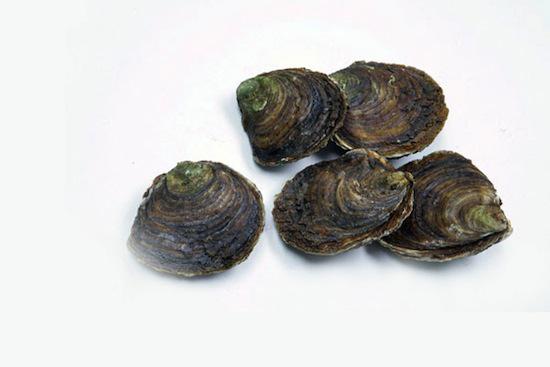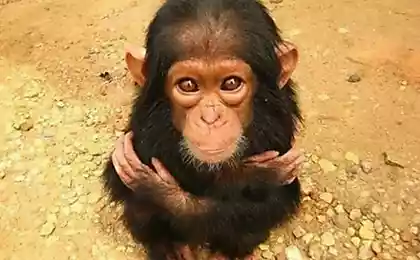571
Facts about the evolution of sex in nature
Oysters, people, fish and even plants are engaged in it. We all have sex in order to ensure the survival of our species.
Oysters and primitive seks
Somewhere around 3, 5 - 0, 5 billion years ago, there were only single-celled organisms. That was before Mother Nature has found the pleasure of the flesh, and therefore the earliest organisms are not too amused.
About 500 million years ago, a large number of multi-cellular organisms, creating new opportunities for sex. One of the most primitive types of sex can be found in the animals that live on the seabed. Oysters are both females and males, ie, hermaphrodites, but not at the same time: in youth they are males, as they grow older and become females.
Oysters release their eggs and sperm into the water, in the hope that they will mix with the egg and sperm of other oysters.
Trout and separation polov
The appearance of fish in the sea marked the end of hermaphroditism. But the development of the two sexes do not automatically lead to sex.
Despite the separation of the sexes, there are still fish, which have not known the joy of close physical contact between the sexes, such as trout.
The female trout spawn, and then the male releases his sperm over eggs that lay among the rocks on the river bottom.
Top of the evolutionary ladder of benthic invertebrates and trout are located fish guppies and viviparous. It is here that there is a direct sexual contact and males start releasing sperm into eggs in the abdominal portion of the female. Then the sexual activity becomes more complicated.
After the fish are frogs and other amphibians. Their pairing is more focused. The male is attached behind the female and releases sperm over the eggs when the female lays them. Of course, sex in frogs still leaves much to be desired, as it is still external fertilization in the water.
Reptiles are doing it almost like lyudi
With the advent of the reptiles act of intercourse began to resemble the one sex as we know it. Reptiles have become forerunners in terms of mammalian fertilization inside the female, then she lays her eggs.
Internal fertilization refers to birds, mammals and reptiles. In mammals, there is one feature - the development of the fetus takes place inside the body of the female.
As you can see, there are many paths to good sex :) However, one characteristic applies to all animals: there are only two sexes, although some species occur both sexes have one representative.
via factroom.ru
Oysters and primitive seks

Somewhere around 3, 5 - 0, 5 billion years ago, there were only single-celled organisms. That was before Mother Nature has found the pleasure of the flesh, and therefore the earliest organisms are not too amused.
About 500 million years ago, a large number of multi-cellular organisms, creating new opportunities for sex. One of the most primitive types of sex can be found in the animals that live on the seabed. Oysters are both females and males, ie, hermaphrodites, but not at the same time: in youth they are males, as they grow older and become females.
Oysters release their eggs and sperm into the water, in the hope that they will mix with the egg and sperm of other oysters.
Trout and separation polov

The appearance of fish in the sea marked the end of hermaphroditism. But the development of the two sexes do not automatically lead to sex.
Despite the separation of the sexes, there are still fish, which have not known the joy of close physical contact between the sexes, such as trout.
The female trout spawn, and then the male releases his sperm over eggs that lay among the rocks on the river bottom.
Top of the evolutionary ladder of benthic invertebrates and trout are located fish guppies and viviparous. It is here that there is a direct sexual contact and males start releasing sperm into eggs in the abdominal portion of the female. Then the sexual activity becomes more complicated.
After the fish are frogs and other amphibians. Their pairing is more focused. The male is attached behind the female and releases sperm over the eggs when the female lays them. Of course, sex in frogs still leaves much to be desired, as it is still external fertilization in the water.
Reptiles are doing it almost like lyudi

With the advent of the reptiles act of intercourse began to resemble the one sex as we know it. Reptiles have become forerunners in terms of mammalian fertilization inside the female, then she lays her eggs.
Internal fertilization refers to birds, mammals and reptiles. In mammals, there is one feature - the development of the fetus takes place inside the body of the female.
As you can see, there are many paths to good sex :) However, one characteristic applies to all animals: there are only two sexes, although some species occur both sexes have one representative.
via factroom.ru























